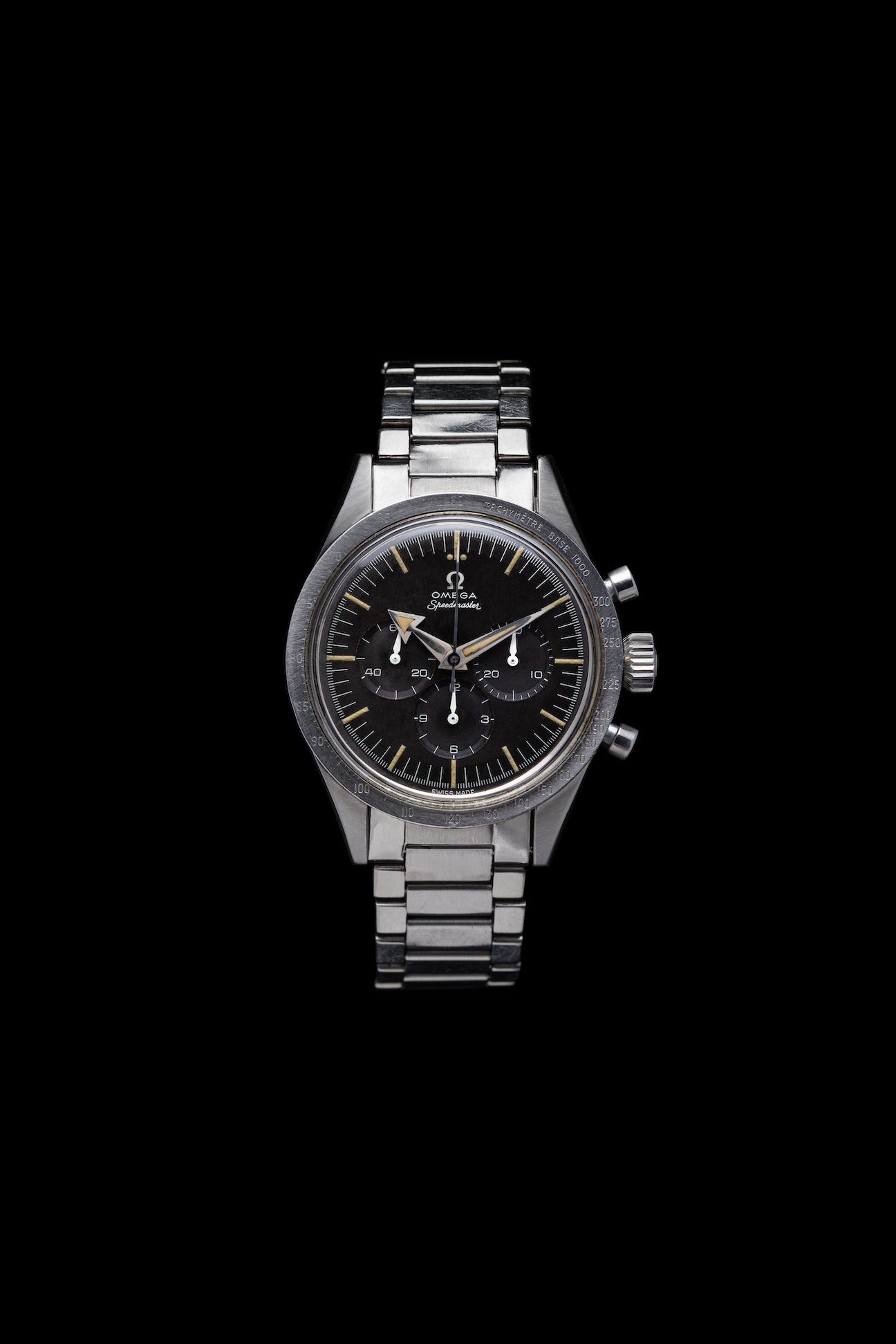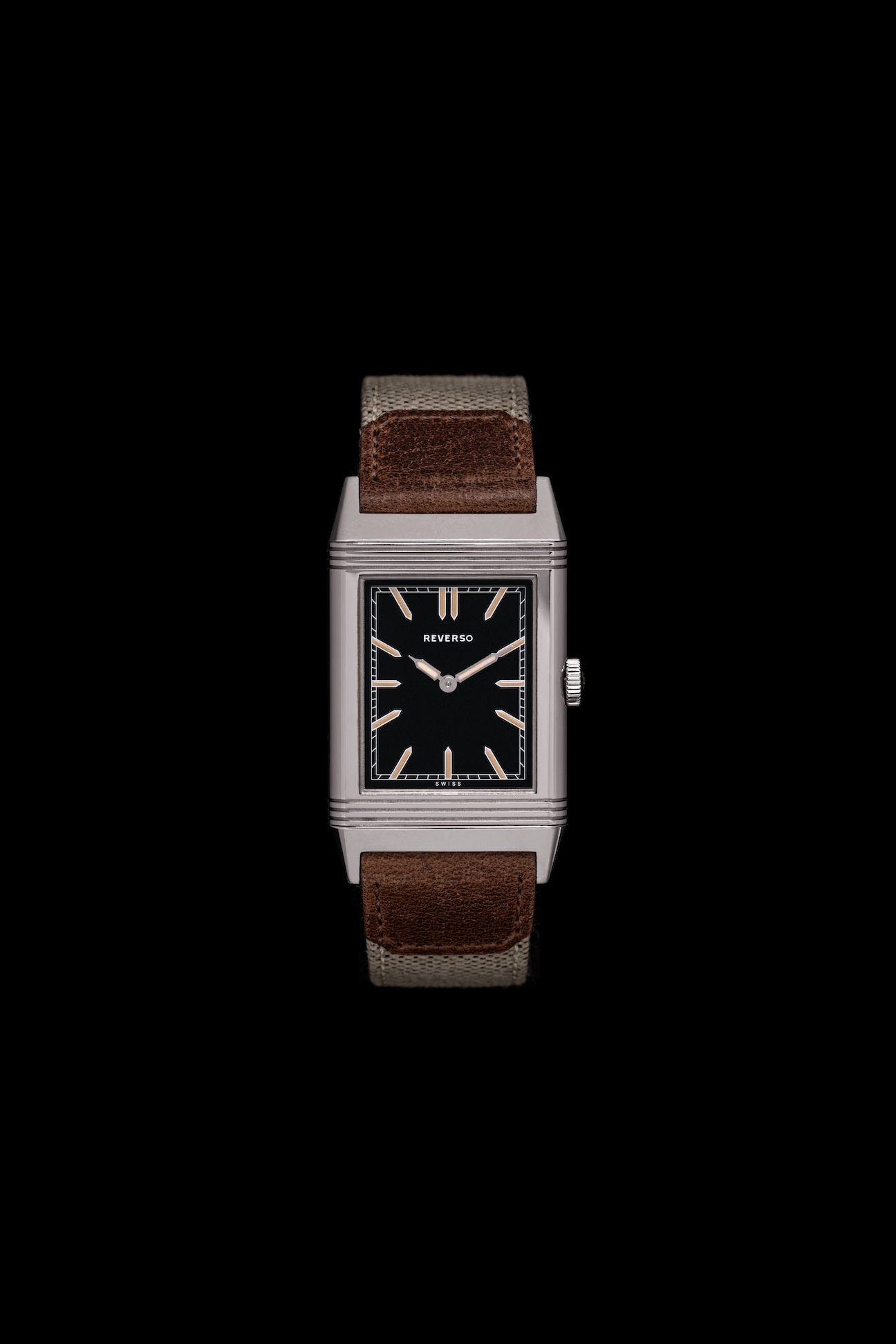
The most interesting watches were often ones built with a purpose; it’s just not often that their purpose would go on to define a whole genre of watches for nearly 100 years. When you think of a “sports” watch, the term has become so muddled that it covers everything from swimming to motorsports, and rarely are the watches worn by any athlete in the heat of competition. Yet, for all its elegance and classic design, the Jaeger-LeCoultre Reverso’s curious rotating case was the progenitor for every sports watch that came after it. And it was built to take a beating. Then, it became so much more.
Launched in 1931, the Reverso was a solution to a very real problem. While on a trip to India, César De Trey, LeCoultre’s commercial head at the time, noticed that British soldiers had taken to wearing early wristwatches while playing polo. But the high-impact, fast-paced sport came with risks, with the competitors putting their bodies (and their watches) on the line during every match. De Trey looked for a creative solution to protect the crystal and dial, and the reversible case design was born.
The Reverso, like many icons, had a few brushes with death over the years, falling out of favor and having to contend with the rise of quartz movements in the 1970s. But Jaeger-LeCoultre’s Italian distributor, Giorgio Corvo, helped save it from the brink in 1975 when he bought 200 of the last cases, fitted them with movements, and sold them almost instantly. The Reverso was saved, but that was just the next chapter in the story.
Over nearly a century, the watch has become a blank canvas for high art, jewelry, and some of the most incredible complications in the brand’s history. The idea of a reversible has been copied by everyone from Patek Philippe to Hamilton, but its impact stretches so much further. Whether you wear a G-Shock or a Richard Mille, your sports watch exists mainly because of one polo match and the creativity of LeCoultre in the 1930s.
